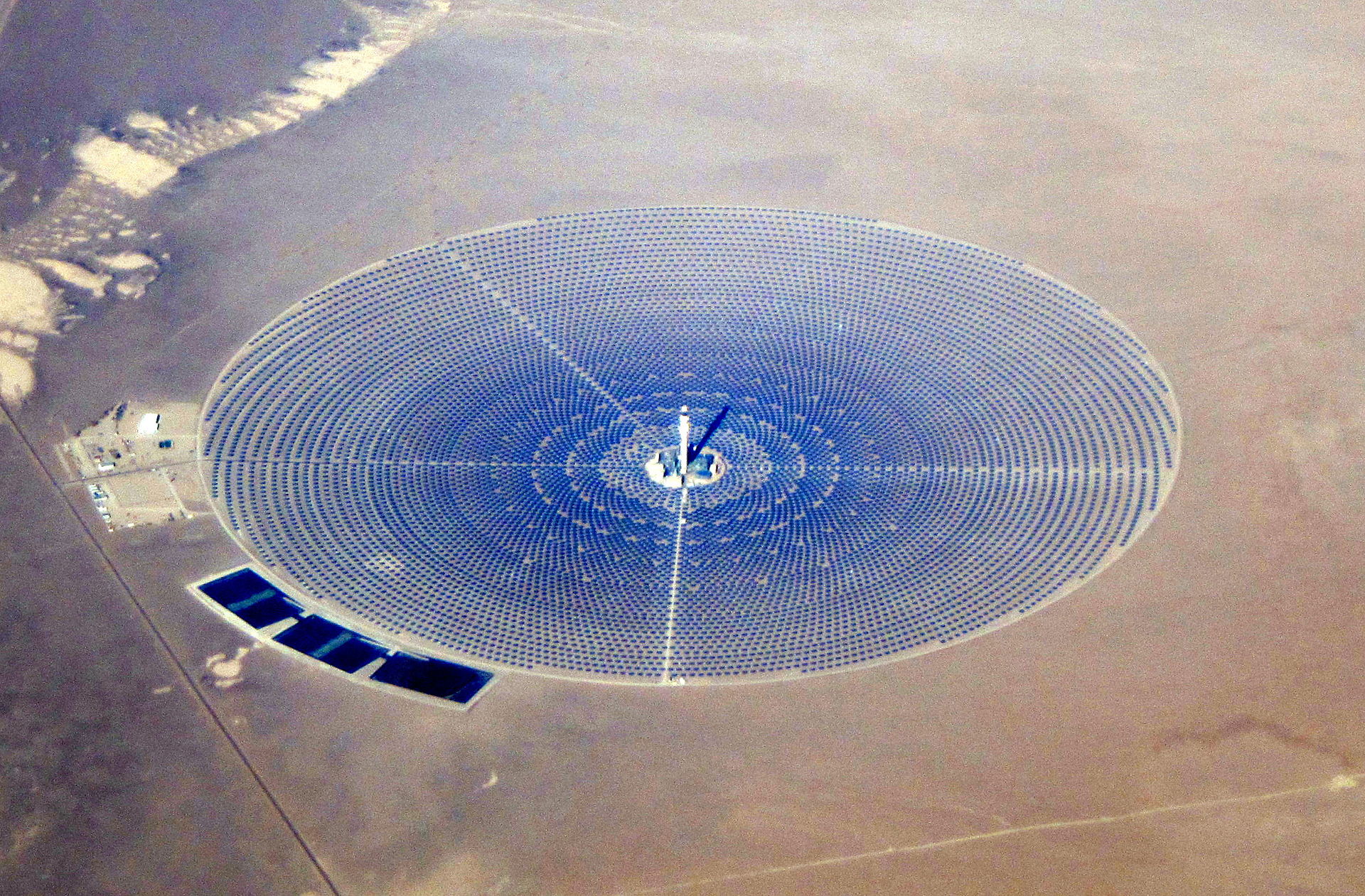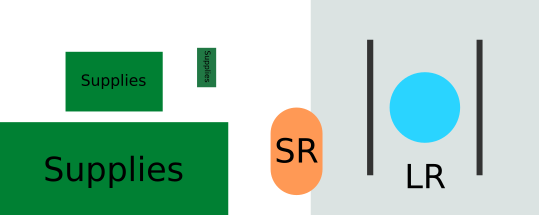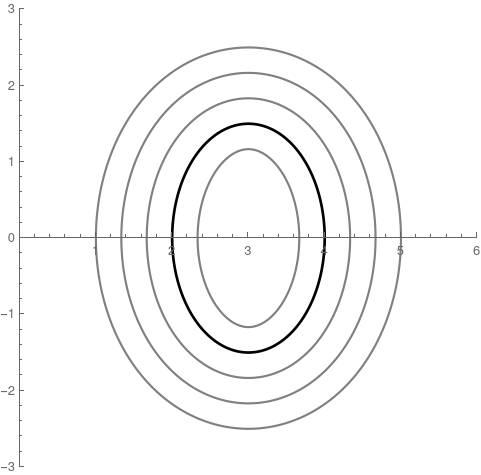Jacob Schwartz Scientist & HTML fan
Fusion reactors are a bit like molten salt power towers
Image from wikimedia. Fusion power plants don’t yet exist, but it would be good to know what they would look like, especially in terms of cost and operational characteristics. I recently realized that molten salt solar power towers (MSPTs) and more generally, Concentrating Solar Plants (CSPs), which currently do exist, have a lot in common with ... Read more 14 Nov 2021
Optimizing Kerbal life support with linear fractional programming
Kerbal Space Program is one of my favorite games of all time. It allows the player to build and fly rockets on missions all around the Kerbal solar system. It simplifies many of the detailed complexities of planning space missions, and in doing so creates a whole ‘solar system’ of toy problems to solve, such as finding the optimal engine for a ... Read more 12 Sep 2021
Sauter shape studies, Part 2: poloidal circumference and surface area
This post is a continuation of the previous, so read that one first. In this post I’ll describe my efforts to compute an approximation for the poloidal circumference and surface area for Sauter’s shape, in the special case of $\xi=0$. Read more 31 May 2021
Sauter shape studies, Part 1: Overview, volume, and cross-sectional area
I’ve been developing a new “systems code” for studying the design and economics of fusion reactors. Fusion reactor systems codes used simplified representations of the various parts of the machine—the plasma, magnets, breeding blankets, electrical generatros, and so forth—in order to be able to compute and reason about aspects of the system as a... Read more 10 Apr 2021
An ellipse's parallel curve: length, area, and torus volume.
A parallel curve has a ‘fixed normal distance’ to a given curve. The parallel curve to an ellipse may be useful for modeling fusion systems: simple tokamak models are often considered as nested ellipses, but nested parallel curves might be more appropriate. Read more 06 Apr 2021




